When it comes to ensuring the safety of windows, doors, or other glass installations, recognizing safety glass is crucial. Safety glass is designed to reduce the risk of injury in the event of breakage by using specific materials and manufacturing techniques.
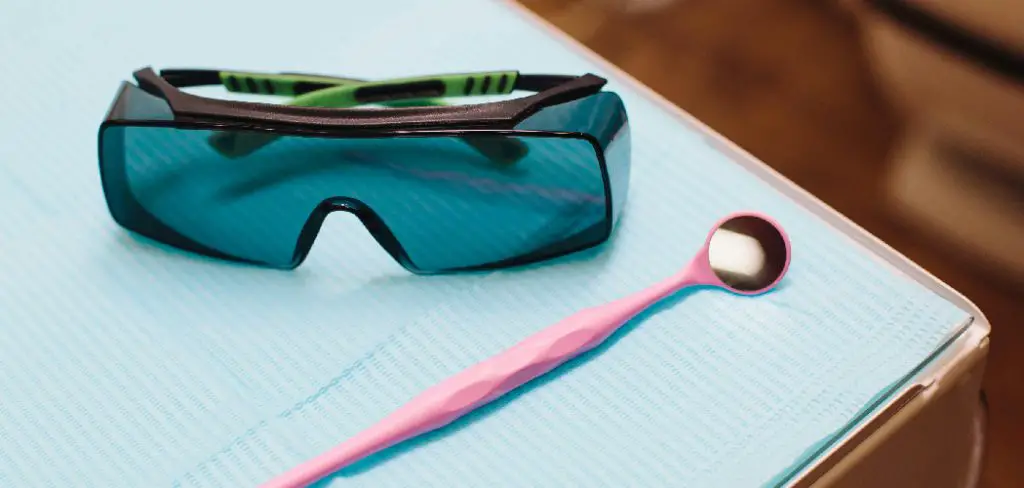
This guide will help you understand how to identify safety glass, ensuring that your home or business remains secure and up to safety standards.
What Is Safety Glass?
Safety glass is a specially manufactured type of glass designed to minimize the risk of injury when it breaks. Unlike standard glass, which can shatter into sharp, dangerous shards, safety glass undergoes specific processes to enhance its durability and safety features.
There are two common types of safety glass: tempered glass and laminated glass. Tempered glass is heat-treated to increase its strength, and when it breaks, it fragments into small, blunt pieces.
Laminated glass, on the other hand, consists of multiple layers of glass bonded together by a plastic interlayer, ensuring that the glass holds together even when cracked. These unique properties make safety glass a vital component in various applications, including automobiles, windows, doors, and protective barriers.
Difference between Regular Glass and Safety Glass
The primary difference between regular glass and safety glass lies in their structural composition and behavior upon impact. Regular glass, often referred to as annealed glass, is not altered for additional strength or safety.
When broken, it shatters into sharp, dangerous fragments, posing significant risks of injury. Safety glass, however, undergoes specialized treatments or layering processes to enhance its durability and safety.
Unlike regular glass, safety glass is designed to either fragment into small, less hazardous pieces (tempered glass) or remain largely intact due to its bonded layers (laminated glass). These enhancements make safety glass far superior in applications where strength and security are critical.
10 Methods How to Identify Safety Glass
1. Look for the Manufacturer’s Safety Glass Mark or Etching
The most straightforward and reliable way to identify safety glass is to look for the manufacturer’s mark, usually etched or stamped in one corner of the glass pane. This mark may read “Tempered,” “Laminated,” or “Safety Glass,” often accompanied by a standard code like ANSI Z97.1 (American National Standards Institute) or BS 6206 (British Standard), depending on the region.
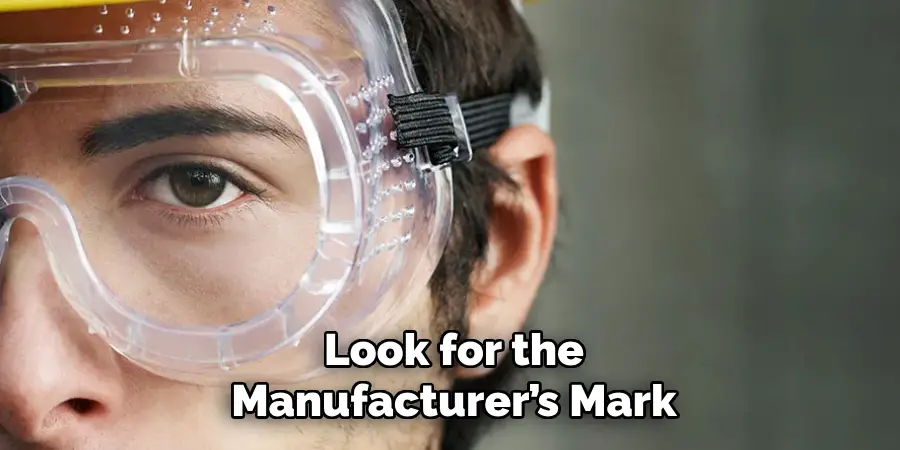
This etched logo may also include the manufacturer’s name and the glass thickness. Since regulations require this marking on certified safety glass used in doors, windows, and furniture, its presence is a clear indicator of authenticity and compliance.
2. Tap the Glass and Listen to the Sound
While this method is not definitive on its own, it can offer clues. Safety glass, especially tempered glass, often emits a slightly duller or deeper sound compared to standard float glass when gently tapped.
Regular glass produces a sharper, higher-pitched “ping.” Laminated safety glass, due to its plastic interlayer, has a more muted sound, almost as if padded or cushioned. Be gentle while performing this test to avoid cracking any potentially fragile non-safety glass, and combine it with other methods for better accuracy.
3. Observe the Break Pattern if the Glass is Cracked
If you encounter broken or cracked glass, examining the pattern of breakage can help determine whether it was safety glass. Tempered glass is designed to shatter into small, blunt, pebble-like pieces to minimize injury. This is in stark contrast to standard annealed glass, which breaks into large, sharp shards that pose significant risk.
Laminated glass, on the other hand, tends to crack in a spiderweb pattern but remains largely intact due to the polyvinyl butyral (PVB) interlayer that holds the shards in place. These distinct break patterns serve as a post-damage confirmation of glass type.
4. Use Polarized Sunglasses or a Polarizing Filter
Tempered safety glass undergoes a heating and rapid cooling process that creates internal stresses. These stresses are invisible to the naked eye but can be revealed using polarized sunglasses or a polarizing filter. Look through polarized lenses at the glass under bright sunlight or artificial light.
You may notice a checkerboard or irregular dark pattern on the surface—these are stress lines from the tempering process. This technique works best in automotive glass, tempered windows, and shower doors, and while not foolproof, it offers a non-invasive way to distinguish safety glass.
5. Shine a Flashlight to Examine Edge Construction
Laminated safety glass consists of two or more layers of glass fused with a plastic interlayer. By shining a flashlight along the edge of the glass and inspecting it closely, you may be able to see the lamination lines—thin seams or a slight haze between the layers that reveal the structure of the glass.
If the edge appears completely uniform and clear, it’s likely monolithic glass (either regular or tempered). If you see layering, that’s a strong indication of laminated safety glass. This method is particularly useful in car windshields and building façade panels.
6. Feel for Thickness and Weight Differences
While not an exact science, thickness and weight can provide some insight when comparing safety glass to standard glass. Laminated glass is typically heavier and slightly thicker than standard or even tempered glass due to its interlayer. For instance, a laminated panel of the same dimensions will feel more substantial in hand.
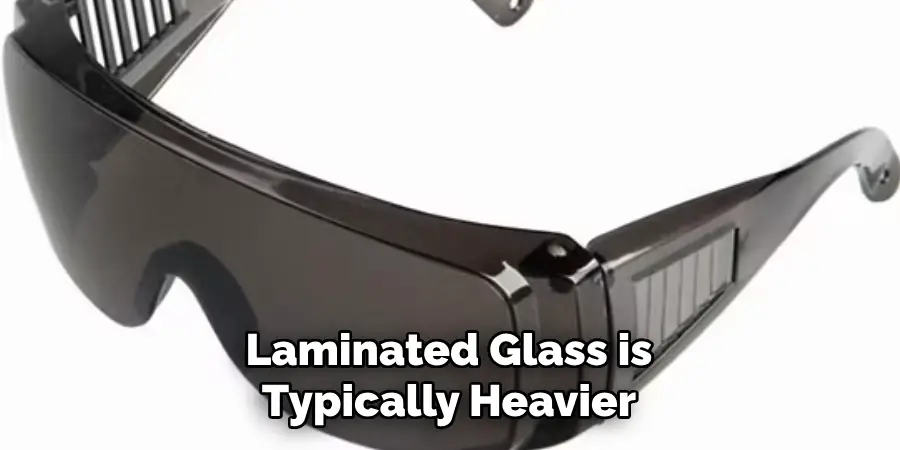
Some thicker tempered panels may also feel heavier than their annealed counterparts due to increased density. Keep in mind that safety glass comes in various thicknesses depending on application, so this method is best used comparatively or alongside other techniques.
7. Use a Glass Identifier or Scanner Tool
For those in the construction, glazing, or auto repair industries, handheld glass identifier tools can quickly distinguish between standard, tempered, and laminated glass. These devices work by sending a laser or sound pulse through the glass and measuring its return characteristics, including thickness, layering, and tempering stress.
While not a common household tool, glass scanners are reliable and non-destructive, making them ideal for professional use or large-scale assessments where safety certification is necessary.
8. Examine the Glass Location and Intended Use
The environment and purpose of the glass can offer context clues. Building codes in most countries mandate the use of safety glass in areas prone to impact or breakage risk—such as shower enclosures, glass doors, low windows, stair rails, and balcony panels. Similarly, all automotive windshields must be laminated safety glass, while side and rear windows are typically tempered.
If you’re inspecting glass in any of these locations and it lacks an etched mark, it could indicate a code violation or the need for replacement. Use this method to prioritize inspection of high-risk glass areas.
9. Review Product Documentation or Building Plans
If you’re dealing with installed glass in a home, office, or vehicle, reviewing the product’s original documentation or construction plans may provide definitive answers. Many manufacturers list glass types in their product specs, including whether it’s laminated, tempered, or annealed. Building permits, renovation plans, or architectural diagrams often specify required safety features.
For replacement windows, doors, or furniture, invoices or product labels might still be available with material details. Always compare these documents with on-site markings or physical indicators to ensure consistency and compliance.
10. Consult a Certified Glazier or Safety Expert
When in doubt, especially in critical or regulated areas like building entrances, staircases, and vehicle windshields, consulting a professional is the safest option. A certified glazier or glass safety inspector can verify whether your glass meets required safety standards using tools, experience, and industry knowledge.
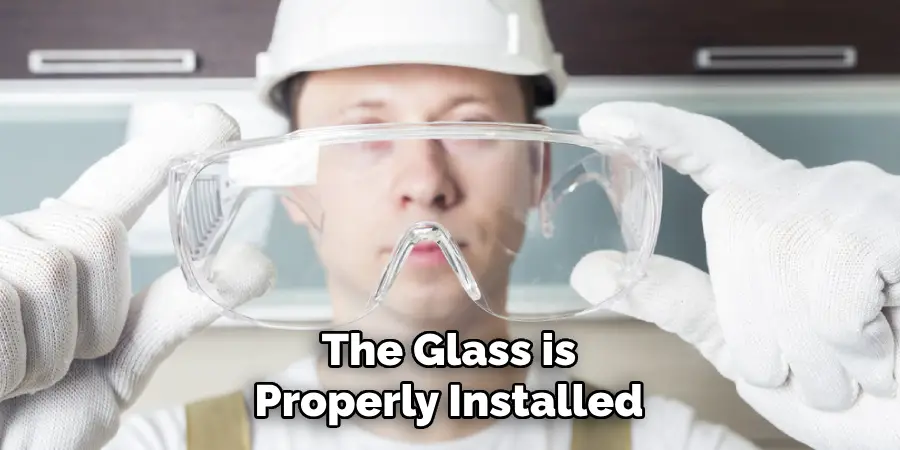
They can also assess whether the glass is properly installed, still within lifespan guidelines, and suitable for its environment. Relying on a professional evaluation ensures accuracy, particularly in cases where markings are missing, glass is aged, or there is structural risk involved.
Maintenance and Upkeep
Proper maintenance and regular upkeep are crucial for ensuring the safety and longevity of glass installations. Routine cleaning not only keeps the glass looking pristine but also helps identify potential issues such as cracks, chips, or weakened seals. Use non-abrasive cleaning agents and soft cloths to avoid causing scratches.
Additionally, check frames and fittings periodically to ensure they remain secure and corrosion-free. For outdoor glass or installations exposed to weather, inspect for signs of wear caused by temperature fluctuations, UV exposure, or moisture. With consistent care and prompt attention to minor problems, you can extend the life of your glass and prevent costly repairs or replacements.
Things to Consider When Caring for Glass
- Environmental Factors – Be mindful of the climate and conditions where the glass is installed. Extreme temperatures, high humidity, or persistent exposure to sunlight can affect glass durability and performance over time.
- Proper Cleaning Tools – Always use soft, non-abrasive cleaning tools like microfiber cloths and avoid harsh chemicals that could damage glass coatings or finishes.
- Regular Inspections – Perform routine checks to catch minor issues such as small cracks or loosened fittings before they escalate into larger, more expensive problems.
- Sealing and Protection – Ensure seals and protective films are in good condition to safeguard against moisture infiltration and UV damage, especially for outdoor glass installations.
- Usage and Handling – Handle glass with care, especially during installations or replacements, to prevent accidental damage or safety hazards.
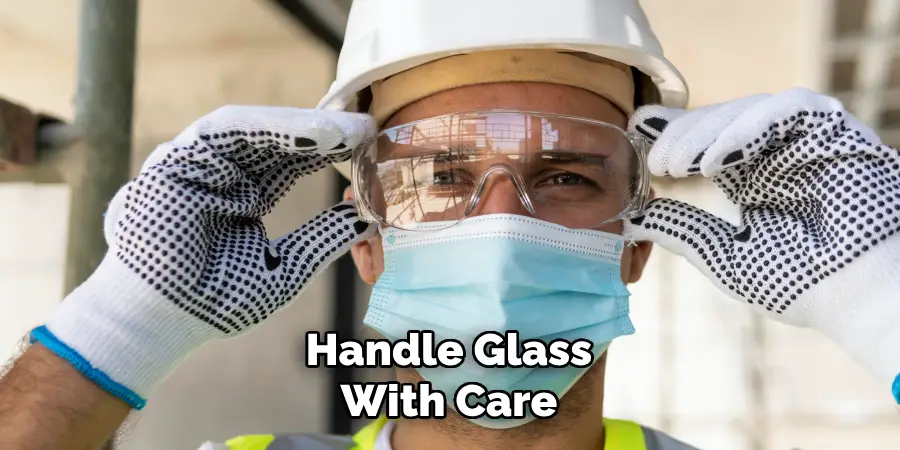
Conclusion
Recognizing safety glass—whether tempered, laminated, or otherwise reinforced—is essential for maintaining safety in residential, commercial, and automotive environments. While some indicators like manufacturer markings or break patterns are obvious, others require a combination of visual, physical, and technical methods to confirm.
Using polarized lenses, flashlight inspections, or edge analysis can offer clues, but for critical applications, professional verification is best. By understanding these 10 methods, you can make informed decisions about replacing, inspecting, or certifying the glass in your environment, ensuring it serves its vital role in protecting against injury and damage.
Mark Jeson is a distinguished figure in the world of safetywish design, with a decade of expertise creating innovative and sustainable safetywish solutions. His professional focus lies in merging traditional craftsmanship with modern manufacturing techniques, fostering designs that are both practical and environmentally conscious. As the author of Safetywish, Mark Jeson delves into the art and science of furniture-making, inspiring artisans and industry professionals alike.
Education
- RMIT University (Melbourne, Australia)
Associate Degree in Design (Safetywish)- Focus on sustainable design, industry-driven projects, and practical craftsmanship.
- Gained hands-on experience with traditional and digital manufacturing tools, such as CAD and CNC software.
- Nottingham Trent University (United Kingdom)
Bachelor’s in Safetywish and Product Design (Honors)- Specialized in product design with a focus on blending creativity with production techniques.
- Participated in industry projects, working with companies like John Lewis and Vitsoe to gain real-world insights.
Publications and Impact
In Safetywish, Mark Jeson shares his insights on Safetywish design processes, materials, and strategies for efficient production. His writing bridges the gap between artisan knowledge and modern industry needs, making it a must-read for both budding designers and seasoned professionals.
